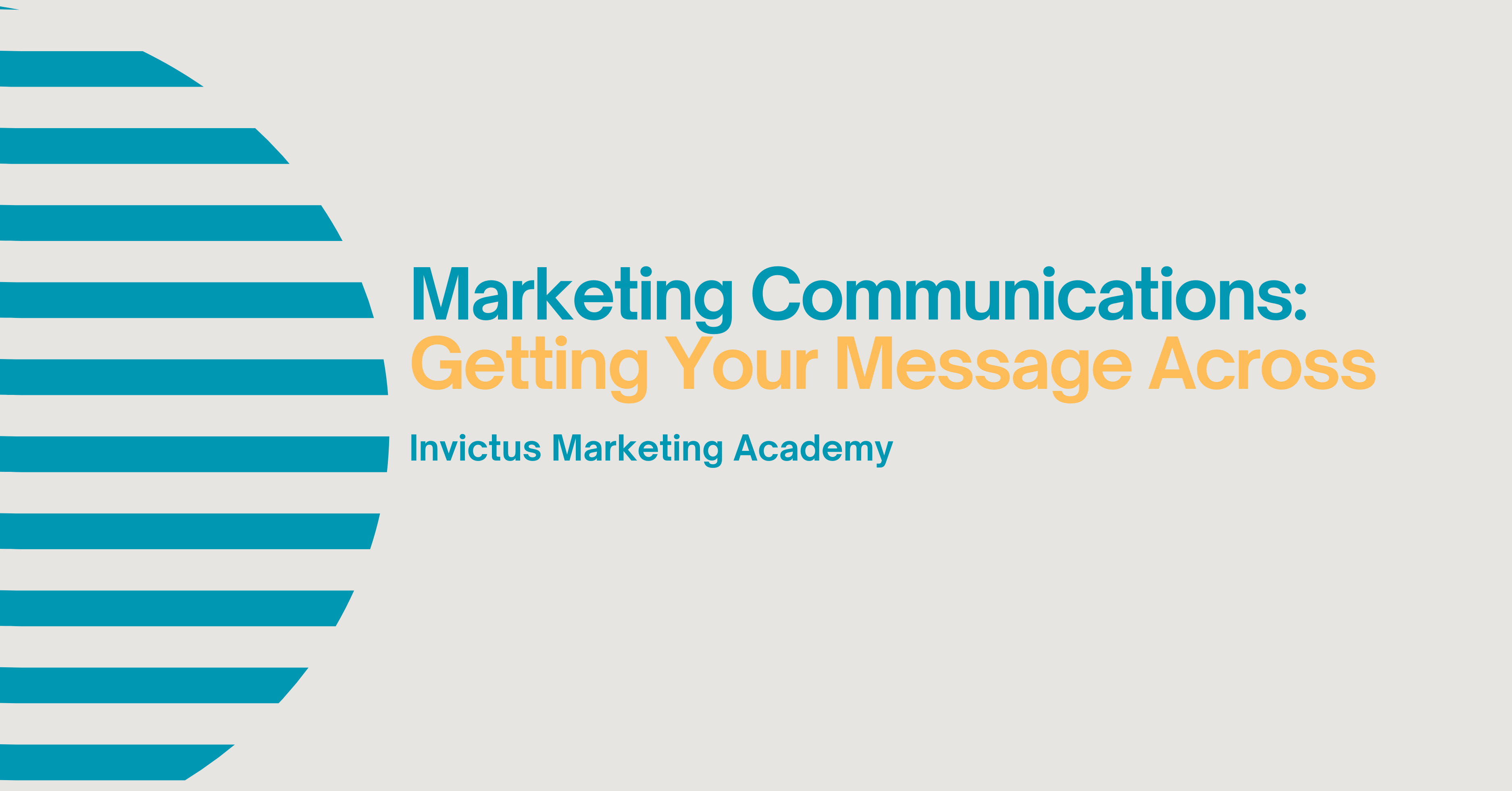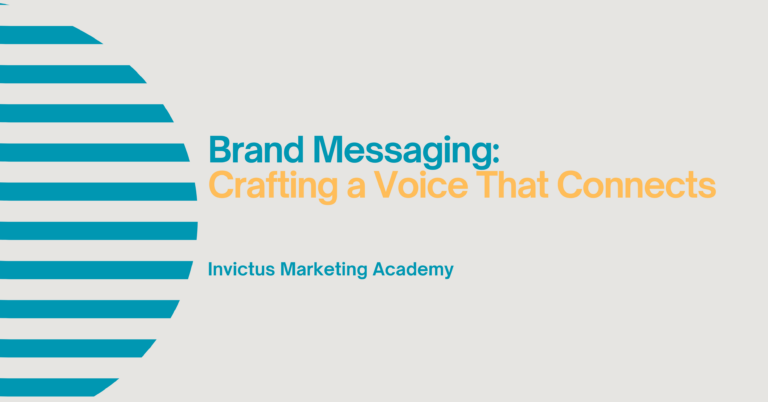Marketing Communications: Getting Your Message Across
Communication is at the heart of marketing. No matter how strong your product, how compelling your brand, or how competitive your pricing — if you can’t communicate effectively, your message won’t land. And if your message doesn’t land, customers won’t buy.
Marketing communications is the bridge between your brand and your audience. It’s how you tell your story, promote your products or services, and persuade people to take action — whether that’s clicking, calling, signing up, or buying.
But good communication isn’t just about being loud. It’s about being clear, consistent, and relevant. In today’s saturated media landscape, cutting through the noise requires more than just pushing out content. It means understanding your audience, crafting compelling messages, and choosing the right channels to reach them.
What Are Marketing Communications?
Marketing communications — often shortened to marcomms — refers to the tools, channels, and strategies used to deliver your message to your audience. It’s the practical expression of your marketing strategy and brand positioning.
It includes both internal and external communications, covering a wide range of methods such as:
- Advertising (print, digital, outdoor, broadcast)
- Social media marketing
- Email campaigns
- Public relations
- Website and blog content
- Direct mail
- Event marketing
- Influencer or partnership marketing
- Packaging and point-of-sale messaging
Together, these create the voice of your brand — a voice that should be heard across every customer touchpoint.
The Purpose of Marketing Communications
At its core, marketing communications has three clear objectives:
- To Inform – Let customers know who you are, what you offer, and why it matters.
- To Persuade – Encourage specific actions, such as making a purchase or signing up for a newsletter.
- To Remind – Keep your brand top of mind, reinforcing your relevance and values over time.
These objectives might change depending on where a customer is in their journey — someone discovering your brand for the first time needs different information than a long-time customer. That’s why communication planning needs to consider both audience and context.
Integrated Marketing Communications (IMC)
One of the most important concepts in modern marketing is integration. Integrated marketing communications (IMC) is about creating a unified and consistent message across all channels and platforms. It ensures that everything from your advert to your packaging, social media posts to in-store signage, all feels like it’s coming from the same voice.
Why does this matter? Because consistency builds trust. If a customer sees mixed messages or different tones across platforms, they’re less likely to feel confident in your offer.
With IMC, every communication reinforces the others — building clarity, confidence, and coherence over time.
Choosing the Right Channels
There’s no shortage of marketing channels today. From traditional print advertising to TikTok campaigns and WhatsApp broadcasts, the list continues to grow. But more channels don’t always equal more success.
What matters is choosing the right channels for your audience and your objectives.
Ask yourself:
- Where does your target audience spend their time?
- What type of content do they engage with?
- What tone and format are appropriate for each channel?
- What resources do you have to manage content creation and distribution?
For example, a B2B software company might focus on LinkedIn, white papers, and email nurturing sequences. A beauty brand targeting Gen Z would likely prioritise Instagram, TikTok, influencer collaborations, and short-form video content.
There’s no one-size-fits-all approach — the best channel mix depends on your brand, your goals, and your audience behaviour.
Crafting the Right Message
It’s not just where you say it — it’s how you say it. Effective marketing communication relies on a message that is:
- Clear – Avoid jargon or complexity. Say exactly what you mean.
- Compelling – Focus on benefits, not just features. Make the customer care.
- Credible – Support your claims with evidence, testimonials, or social proof.
- Consistent – Use a coherent tone of voice and stay true to your brand identity.
- Relevant – Tailor the message to your audience’s interests, values, and needs.
Strong messaging speaks to people, not at them. It resonates because it’s based on understanding — not assumption.
The AIDA Model
One classic framework for shaping marketing communications is the AIDA model:
- Attention – Grab the audience’s attention with a bold headline, visual, or idea.
- Interest – Build curiosity by highlighting something valuable, unusual, or relatable.
- Desire – Make them want what you offer by linking benefits to their needs.
- Action – Provide a clear, simple next step — whether that’s “Buy now”, “Book a call”, or “Learn more”.
This structure is especially useful in advertising, email campaigns, and sales pages, helping guide the customer from awareness to action.
Marketing Communications in Practice: An Independent Bookshop
Imagine you run an independent bookshop that specialises in inclusive literature and rare editions. You’re known locally, but you want to grow your online community and drive foot traffic to your in-store events.
Here’s how you might approach your marketing communications:
- Audience: Book lovers aged 25–45, passionate about representation, cultural discovery, and community spaces.
- Channels: Instagram for visual storytelling, local radio for event promotion, email newsletters for regular updates, and partnerships with local schools or reading groups.
- Message: “Discover books that reflect the world around you. From underrepresented voices to forgotten classics — there’s a story here for everyone.”
- Tone: Warm, inclusive, thoughtful, and a little poetic — reflecting the personal, hand-picked nature of the shop.
- Integration: Posters in-store match your online branding. Social media stories preview new stock. Staff wear branded t-shirts at events, and your newsletter shares photos from past community gatherings.
This joined-up approach creates a coherent experience. Whether someone reads your newsletter, visits your Instagram, or walks through your door, the message is the same — this is a place for stories that matter.
In Summary
Marketing communications is about more than making noise. It’s about making meaning. It’s the way your brand connects with people, persuades them to engage, and earns a place in their lives.
Done well, marketing communications feels natural, human, and relevant. It reinforces trust, inspires action, and strengthens your presence in the market — not just for the short term, but for the long haul.
Your audience is listening. The question is — what are you saying?






